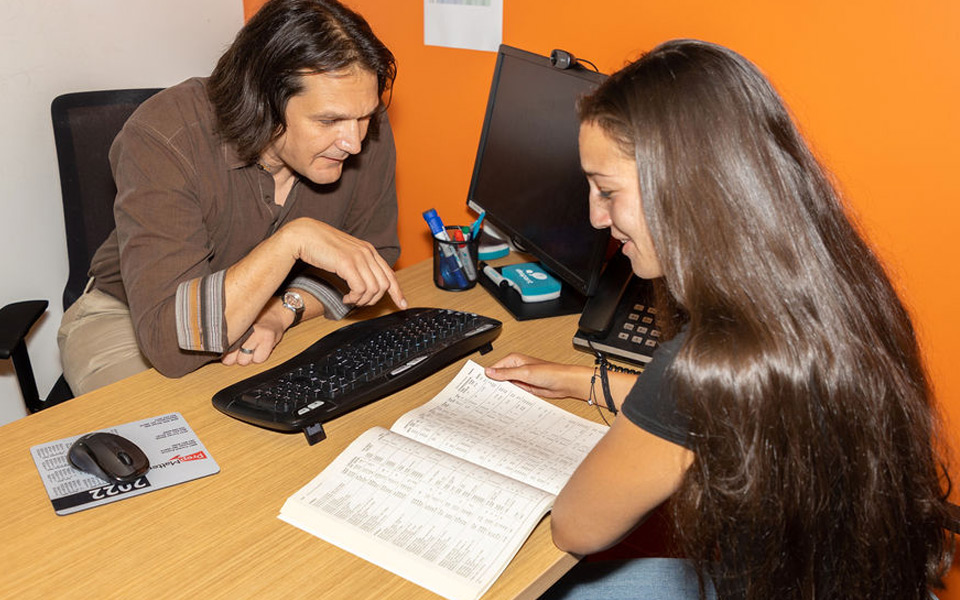The most salient difference between the SAT and ACT has always been the pace of the tests, and that difference is even more stark on the new test. Take the reading section, for example: SAT test takers have 65 minutes to negotiate approximately 400 lines of text and 52 questions, while ACT students have only 35 minutes for 350 lines and 40 questions. That breaks down to around 52 seconds per question for the ACT and 75 for the SAT. That’s a whopping 20 extra seconds per question or, put another way, 40% extra time for the SAT! And the ACT Science section is just as paced, if not more so.
Students who read quickly are much more at home on the ACT, while those who don’t may never be able to successfully cope with the pace of the ACT, no matter how much they prepare. While the ACT Reading section is faster, the SAT Reading section tends to be deeper. The ACT readings are generally more concrete and the questions are more literally answered in the passage, many times even using the same words as in the correct answer. In contrast and by design, passages of different textual complexities comprise the SAT reading section: most students will find some passages easier and others certainly more difficult. These more difficult passages tend to be more abstract, employ higher levels of diction, and require students to read quickly but more deeply.
On the ACT, a typical student refrain when approaching a difficult question is “Oh, right… I kind of remember that in the passage but I can’t find it.” Complaints on the SAT reading usually sound more like “Ugh… a question about that paragraph? I didn’t really get what they were saying there.”
![]()











